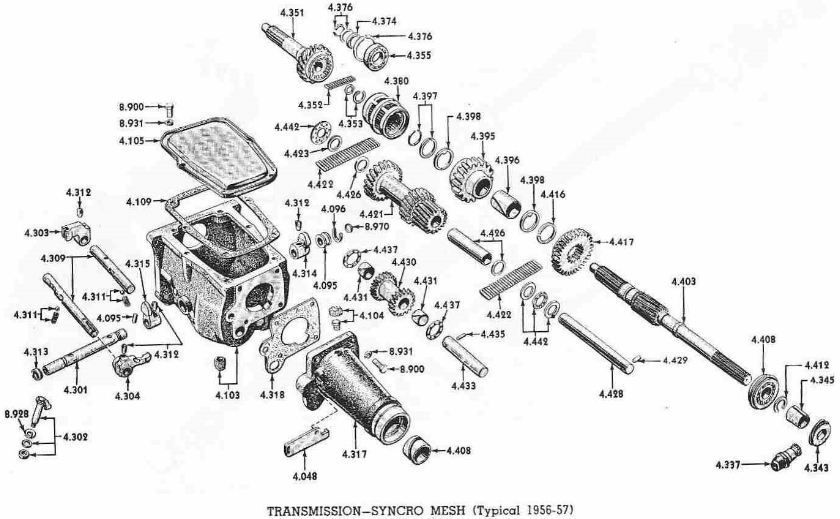3 Speed Manual Transmissions
How Manual Transmissions Work How. Stuff. Works. If you drive a stick shift car, then you may have several questions floating in your head. How does the funny H pattern that I am moving this shift knob through have any relation to the gears inside the transmission What is moving inside the transmission when I move the shifter When I mess up and hear that horrible grinding sound, what is actually grinding What would happen if I were to accidentally shift into reverse while I am speeding down the freeway Would the entire transmission explode
 In this article, well answer all of these questions and more as we explore the interior of a manual transmission. Cars need transmissions because of the physics of the gasoline engine. First, any engine has a redline a maximum rpm value above which the engine cannot go without exploding. Second, if you have read How Horsepower Works, then you know that engines have narrow rpm ranges where horsepower and torque are at their maximum. This photo shows the difference between the T18 and T19 The above picture shows the difference between the T18 and T19 manual transmissions. Gear Vendors underoverdrive auxiliary transmissions Hot Rods, GM 3Speed Automatic Performance CarStreet Rod. Ontario Paralegal Programs there. Street and racing Transmissions and Clutches, Manual Transmissions for sale today on RacingJunk Classifieds. C4_transmission.png' alt='3 Speed Manual Transmissions' title='3 Speed Manual Transmissions' />For example, an engine might produce its maximum horsepower at 5,5. The transmission allows the gear ratio between the engine and the drive wheels to change as the car speeds up and slows down. You shift gears so the engine can stay below the redline and near the rpm band of its best performance. Dagenham_transmission.png' alt='3 Speed Manual Transmissions' title='3 Speed Manual Transmissions' />Ideally, the transmission would be so flexible in its ratios that the engine could always run at its single, best performance rpm value. That is the idea behind the continuously variable transmission CVT.
In this article, well answer all of these questions and more as we explore the interior of a manual transmission. Cars need transmissions because of the physics of the gasoline engine. First, any engine has a redline a maximum rpm value above which the engine cannot go without exploding. Second, if you have read How Horsepower Works, then you know that engines have narrow rpm ranges where horsepower and torque are at their maximum. This photo shows the difference between the T18 and T19 The above picture shows the difference between the T18 and T19 manual transmissions. Gear Vendors underoverdrive auxiliary transmissions Hot Rods, GM 3Speed Automatic Performance CarStreet Rod. Ontario Paralegal Programs there. Street and racing Transmissions and Clutches, Manual Transmissions for sale today on RacingJunk Classifieds. C4_transmission.png' alt='3 Speed Manual Transmissions' title='3 Speed Manual Transmissions' />For example, an engine might produce its maximum horsepower at 5,5. The transmission allows the gear ratio between the engine and the drive wheels to change as the car speeds up and slows down. You shift gears so the engine can stay below the redline and near the rpm band of its best performance. Dagenham_transmission.png' alt='3 Speed Manual Transmissions' title='3 Speed Manual Transmissions' />Ideally, the transmission would be so flexible in its ratios that the engine could always run at its single, best performance rpm value. That is the idea behind the continuously variable transmission CVT.